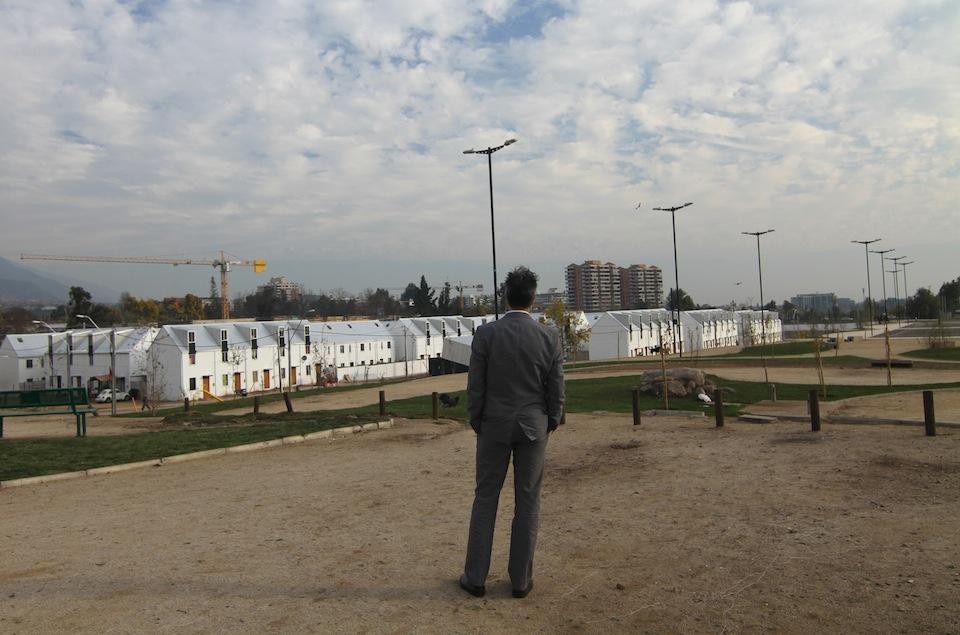Hustwit's third film, Urbanized is arguably his most ambitious, addressing the design of cities across the world today. Shot in more than 40 urban locations on every continent but Antarctica, and featuring interviews with dozens of architects, planners, mayors, commissioners, and community activists, Urbanized takes on the trends and dilemmas facing the 21st-century metropolis. The sheer number and diversity of global sites in the film belies the fact that rapid globalization spurs every city to contend with similar issues regarding housing, transportation, resources, and civic life.
Hustwit is currently on a whopping 40-city tour to launch and promote Urbanized. Domus caught up with him after the film's San Francisco premiere.

Above: Construction in Beijing. Film stills courtesy of Swiss Dots Ltd.
Gary Hustwit: What has been fascinating is that audience reactions have been totally different than the previous two films. In Toronto and San Francisco, all the issues in the film seemed to resonate, even though neither city is featured strongly in the film. In attendance were a number of city council people and even former mayors, and the question-and-answer periods after the screenings there have been really amazing. For some reason I never thought about government as a possible audience for this film, I assumed they already knew about all this stuff. We had the San Francisco premiere last night and three planning commissioners came up on stage and talked about local Bay Area issues. I'm looking forward to seeing how the rest of the forty cities receive it.
So is the tour itself a sort of referendum on the issues presented in the film?
Maybe more like a starting point, a discussion starter. In Toronto it was a catalyst to discuss many issues in the film [as they applied locally]. Just days before the premiere in Toronto, the mayor unveiled a major waterfront development project. Public opinion basically crushed the project right away, and the mayor had to backpedal in just a couple of days.
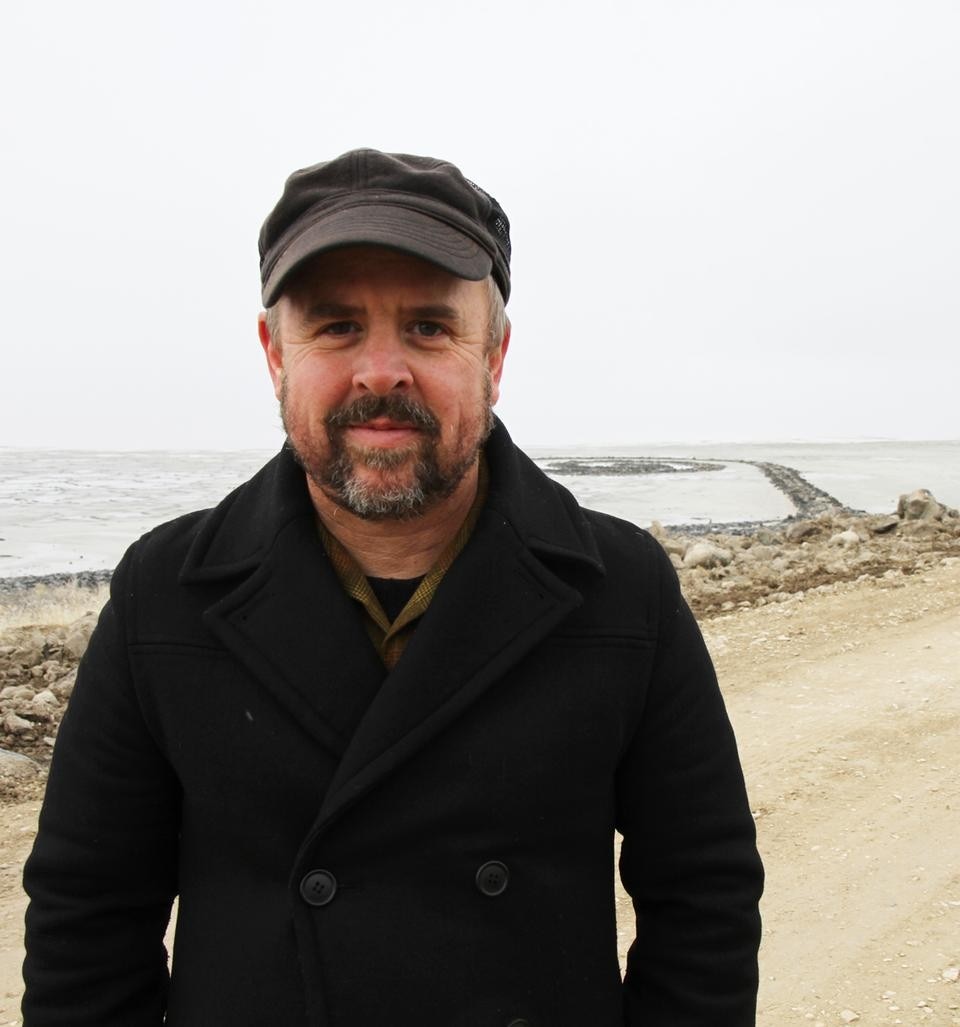
Usually I make the films and then look back and try to figure out why….originally when I made Helvetica I wasn't planning on making more design documentaries. So Objectified wasn't scaling up, but just the next thing I was interested in exploring through documentary. It was only when I was making Objectified did I find it an extension of what we started in Helvetica; through the approach and the aesthetics, it began to feel like a sequel in a way. And about the same time I was thinking about architecture and urban design, that's when I started thinking of a trilogy. Before releasing Objectified I had already announced it would be the middle film of a trilogy, and had started researching Urbanized. It wasn't meant to be a scaling thing but it certainly did lend itself to that progression. It made sense somehow.
And on the other hand I didn't want to keep making design films for the rest of my life, even though I may come back to it down the road. I felt like I needed to get these subjects out of my system, they are subjects I was mildly obsessed with and I wanted to seedocumentaries on these subjects. That what drives my filmmaking.
It’s not just about architecture and urban planning; other practices are coming to bear on the subject. People are more aware of the effects our choices make. How things are interconnected, the way your street works, how you commute to your job, how your city is designed.
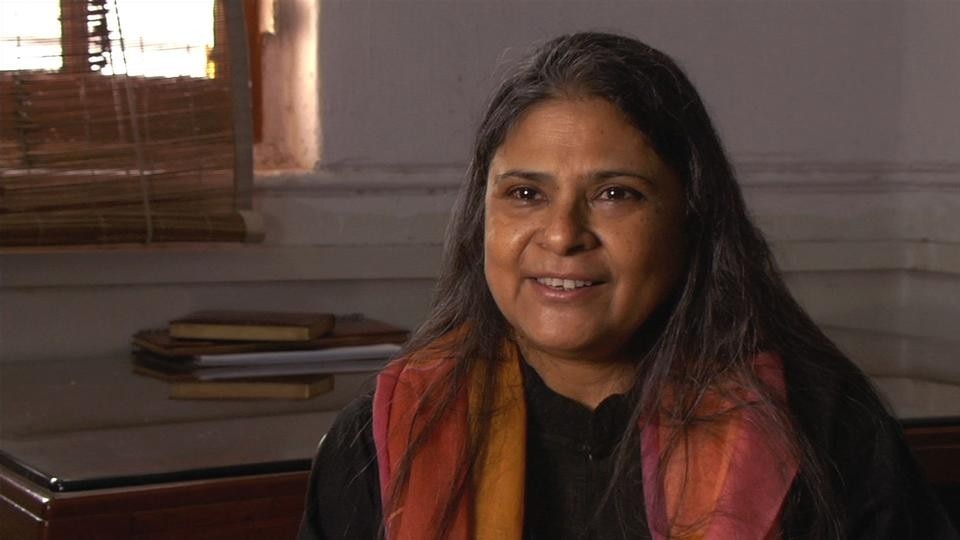
Three years ago when I started the project, it certainly wasn't at the level of where it is at today. You see it in magazines and citywide events, such as the Festival of Ideas for the New City in New York this summer. There are just a lot of urban-design focused events and activities around right now.
But I'm not sure why there is an increase in interest. I think people are more aware of design now on all levels. It's just more integrated into larger culture now, popular culture. And economics may be a factor—with cities facing the downturn in specific ways, people find they need a toolkit to address these problems. And urban design lends itself to that. People just want to have tools to learn to solve problems.
It's not just about architecture and urban planning; other practices are coming to bear on the subject. People are more aware of the effects our choices make. How things are interconnected, the way your street works, how you commute to your job, how your city is designed. How that has a bigger impact on your life.
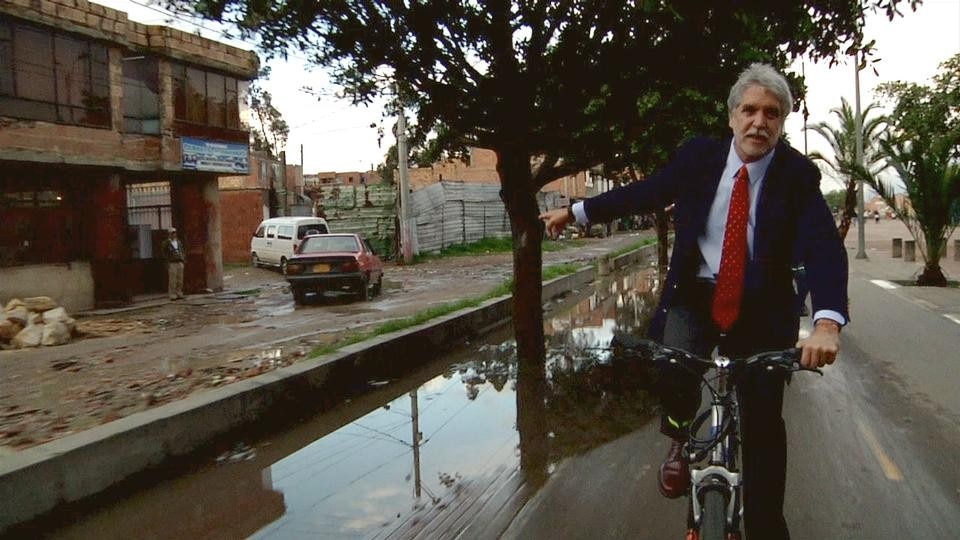
I'm always interested in those 'a-ha' moments. Something that changes the way you think about the world, something that makes so much sense once you hear it, but you've never heard it articulated before. For example, in the film [former mayor of Bogotá] Enrique Peñalosa says that a bus with a hundred passengers has one hundred times more rights than a guy in a car. Once you hear that perspective, I think it changes—or should change—the way you think about transportation.
So much of it was about the conversations we had with people in the film and what they think are the revelatory changes and issues in cities today. For me all the conversations in the film were enlightening because I am not an expert in policy or urban issues. So I see it all as a learning experience.
Other things that jumped out at me as eye-opening are what is happening in a city like Mumbai, where as stated in the film more people live in slum conditions than the entire population of London. Thinking about the effects of mass urbanization is really—it is actually depressing, but I also think it is a kind of call to arms to design a solution, or at least a better way to accommodate that many people in a city under those economic conditions.
If you look at Mumbai as a design challenge, there is so much work to be done, but so many opportunities to improve those conditions. And maybe those design solutions can be replicated in other cities.
We have to figure these issues out. We can't fail. In 100 years we are just going to see such radical changes in terms of natural resources and economic shifts, the things that happen in 10–20 years in terms of urban design are going to be really telling about how we deal with the future of our species.
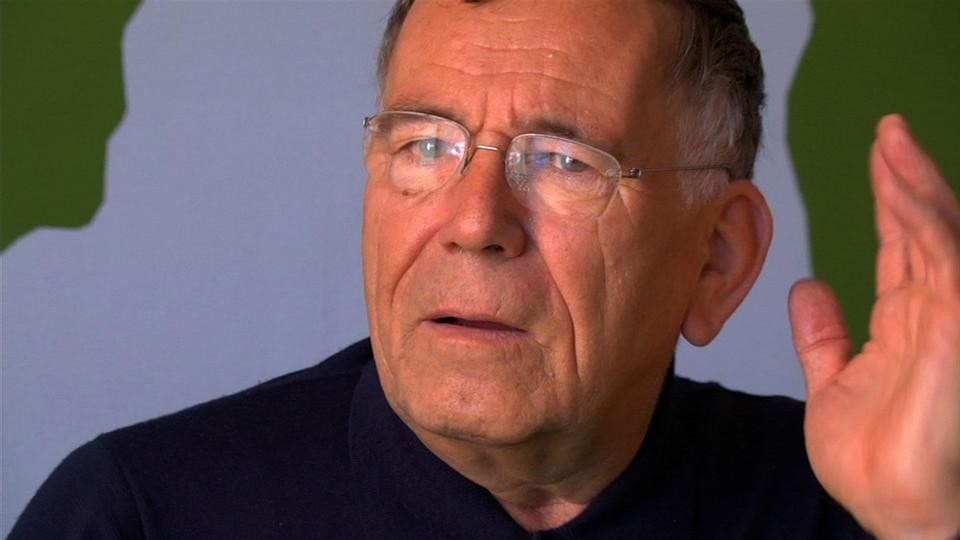
That was not the initial goal. I wanted to document the changes happening in thousands of cities around the world that are making people's lives better through the design of cities. That was really the criterion. Making sense of our lives, and making them better. I think design can do that, and like I said I think design has to do that, if we are to survive.
I am interested in the people who are making change. Reframing questions and coming up with innovative solutions—and I'm interested in spreading that knowledge from city to city. My main goal is to get these conversations started.
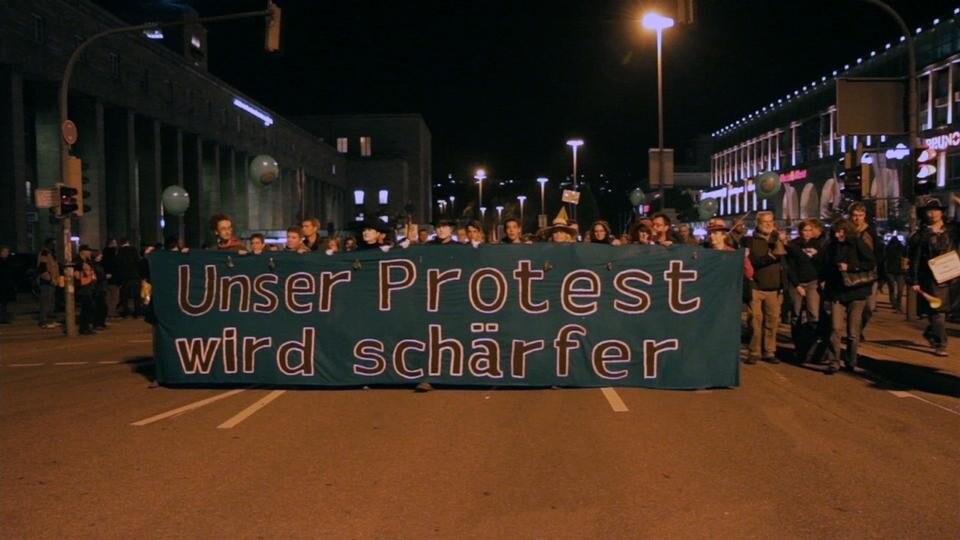
I think it is emblematic of poorly designed systems in terms of city planning and development. It represents everything that I think is wrong about the old model of shaping a city, massive projects that are really between huge private developers and city or state governments with almost zero input or oversight by the people who are paying for it, the people whose lives they will most affect.
That old kind of urban development—that is not going to work anymore. Very cursory public input rarely changes the direction of those projects, rather than really evaluating the citizen's priorities. That situation built up so much frustration that the citizens determines that interventions were needed—and if interventions in city projects are needed that's the take-away from the Stuttgart 21 situation. Yes you will have massive infrastructural developments, but they can't be dictated solely by private interests and a few government officials anymore.

